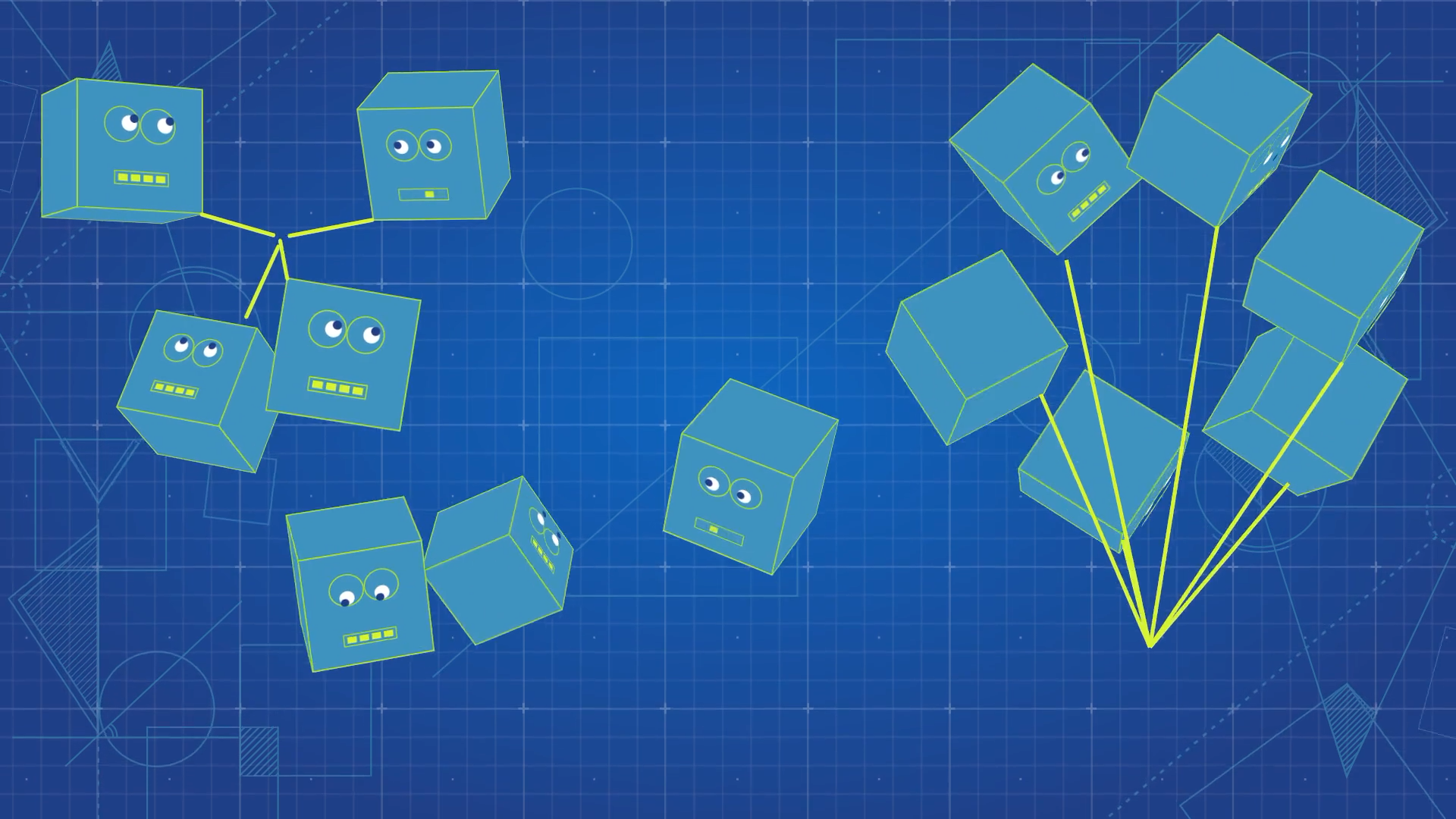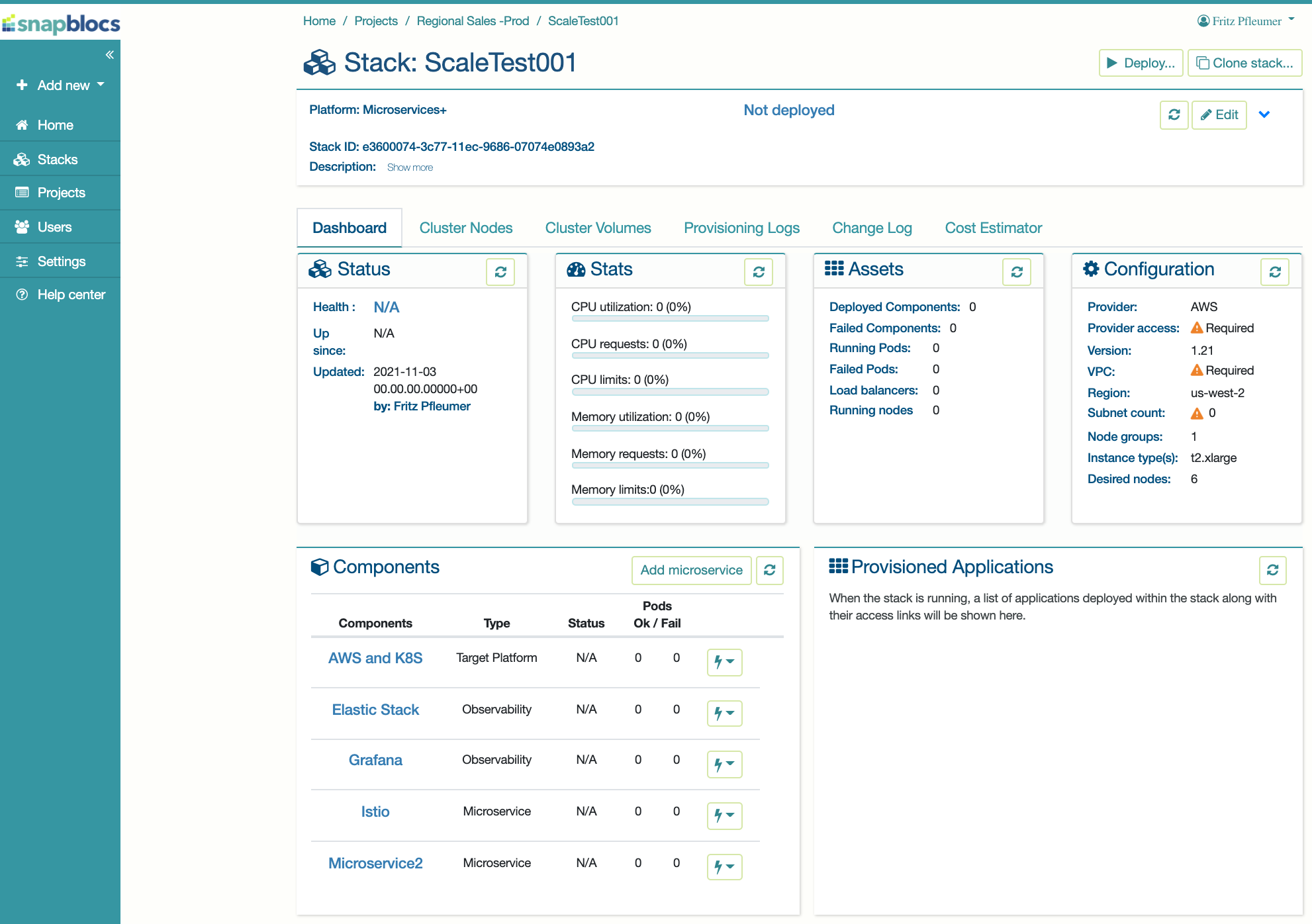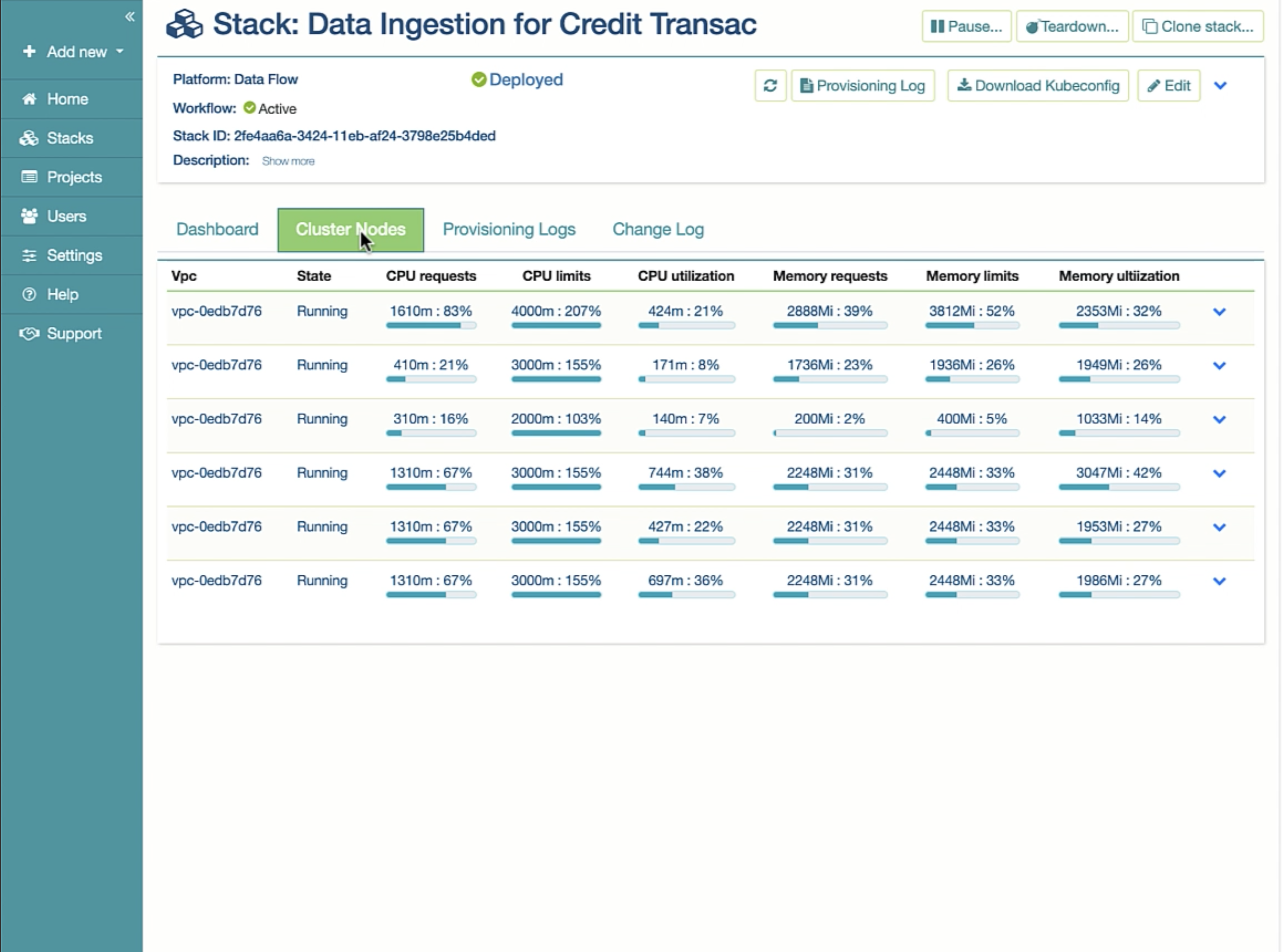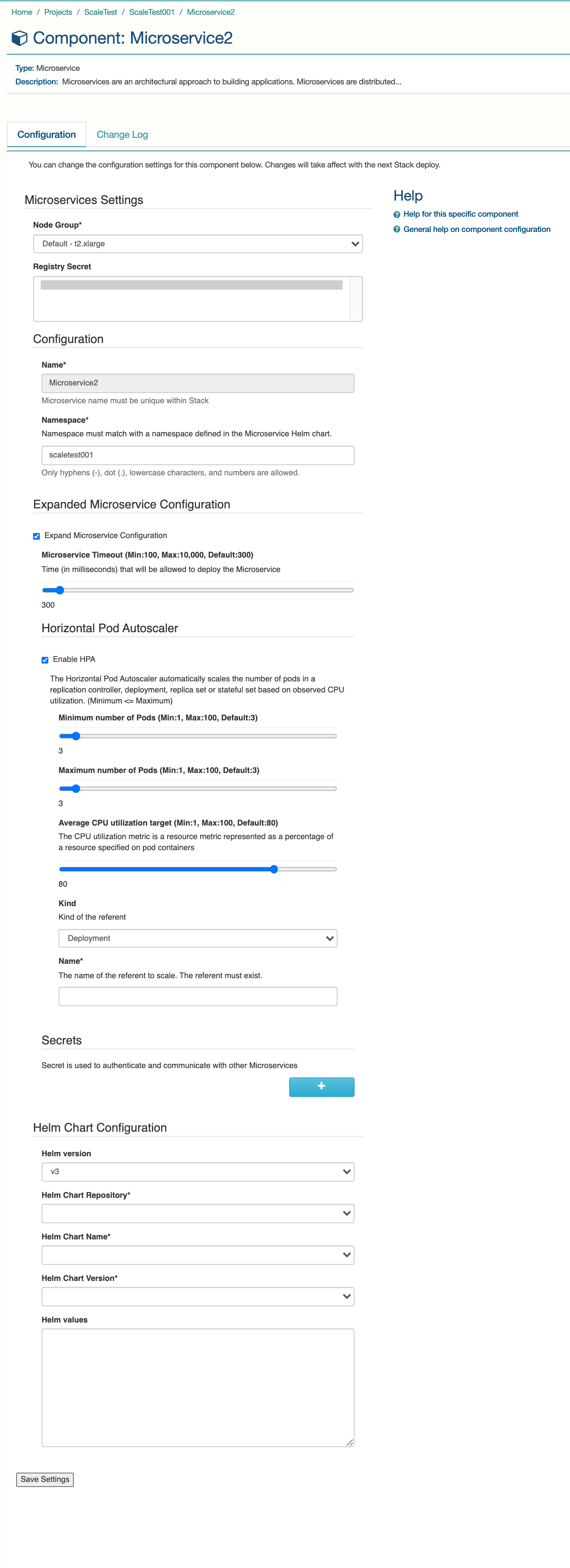Microservices Management Platform on Kubernetes in your Cloud
Get out-of-the-box, best practice management for your Application Microservices. Go live in minutes with our Low-Code, Self-Service platform. Focus on what matters!
Ready to get started?
Explore snapblocs using your cloud account OR use our free Sandbox environment credit. We make it easy to try!

Building your own DIY Microservices management platform is hard!

snapblocs can spin up your Microservices Management Platform, in minutes
Deployed in your mult-cloud environment
A Microservices management platform can support microservice object development, deployment, management, and production operations.
Teams can focus on the development of Microservice-based applications without spending time on Microservice infrastructure. Spend more time on your core application development work and deliver more innovation faster.
Build scalable distributed, and decoupled applications with Microservices
Microservice architecture is about decomposing a software system into autonomous modules which are independently deployable, maintainable, and testable. These loosely coupled and independently deployable workloads can communicate via a lightweight, language-agnostic way.
snapblocs Microservice+ Platform provides self-service lifecycle management of your microservice workloads on Kubernetes.
Powerful open-source software integrated, and configured:
snapblocs Automates Architecture
snapblocs automates based on the "well-architected" guides such as "AWS Well-Architected for AWS" and Google "Cloud Architecture Framework." for the provisioning and configuring of production-grade Kubernetes clusters and workload deployment into the clusters.
snapblocs Low-code Architecture-as-a-Service

Low-code Architecture-as-a-Service: The Evolution of Cloud Computing “as a Service”. Read the article
Cloud platform evolution

Pavan Belagatti, the award-Winning Tech writer, discusses our vision for low-code Architecture-as-a-Service. Read Pavan's post
Focus on what you do best
snapblocs dpStudio automates Microservices and many other data platforms on Kubernetes,

Best in class, open-source technology powers our Microservices+ platform
Architected with out-of-the-box best practices, integration, security and automation
snapblocs Microservices Platform includes
The snapblocs Microservice+ Platform has been architected with best practices, proven integration, and best-in-class open-source technologies. It is fully automated and ready to go. Quickly deploy and manage your microservices. It runs on Kubernetes in your cloud.
Amazon EKS - Google GKE - Microsoft AKS

Kubernetes

Kafka

Elasticsearch

Grafana

Istio

Jaeger
Kiali

Your Microservices


For DevOps
Provision and deploy production-grade Microservices along with the snapblocs Microservices Management Platform in minutes with snapblocs dpStudio SaaS UI. Developers get easy self-service provisioning while Operations teams get centralized control, security and monitoring.
Self-service, provisioning, low-code, iterate quickly
Robust RBAC and security
Full lifecycle management including pause, clone
Built-in observability and dashboards
Built-in cost estimator tool and cost management
UI control for Cluster Autoscaler
Ingress enabled

Microservices use cases
Microservice architecture is about decomposing a software system into autonomous modules which are independently deployable, maintainable, and testable. These loosely coupled and independently deployable can communicate via lightweight, language-agnostic way, and together they fulfill the business goal.
Microservice Pros/Cons
Legacy application refactoring and modernization
Applications dealing with big data
Real-time data processing applications
Large-scale systems with complex logic
snapblocs Dashboards and Observability



Rich dashboards that monitor your services, applications, configurations, and change management.
+ Built-in Elastic Observability = logging, metrics, Application Performance Monitoring (APM)
+ Kiali as an observability console for Istio

Kiali
The snapblocs Microservices+ Platform includes and provisions Kiali, giving you out-of-the-box access to the Kiali console for managing, visualizing, validating, and troubleshooting the Istio Service Mesh.
Jaeger
The snapblocs Microservices+ Platform includes and provisions Jaeger. The Jaeger dashboard enables visualizing distributed tracing, allowing you to trace the course of a request or transaction as it travels through your monitored applications. Quickly pinpoint bottlenecks, bugs, and other issues that impact your application’s performance.

Istio
Istio Service Mesh is included and provisioned with the snapblocs Microservices+ Platform.
Istio manages traffic flows between services, enforces access policies, and aggregates telemetry data without requiring changes to application code. It reduces deployment complexity by transparently layering onto distributed applications.

snapblocs Microservice configuration
snapblocs Low-Code Self-Service UI allows you to quickly configure and iterate on microservice configurations that match your functional and scaling needs. These configurations can be easily cloned and copied ensuring repeatability across instances and environments.


Self-Service Platforms in your cloud in minutes
snapblocs dpStudio incorporates a blueprint solution bloc library which includes the Microservices+ Platform. Click to deploy and scale your Microservices. You can also utilize other snapblocs Data Platform solutions from the library.
snapblocs Architecture-as-a-Service delivers instant value
Day 2 level operations out of the box

Get instant Day-2 Level Operations
Self-service fully automated Kafka clusters deployed in your cloud environment. Click to deploy, scale at will.

snapblocs SaaS based dpStudio supports multi-Cloud
snapblocs dpStudio supports the major cloud providers, including Amazon Web Services, Google Cloud Platform, and Azure.
Leverage our Data Flow Platforms on Kubernetes as an infrastructure abstraction: Configure once and run in any cloud.
Click to deploy, scale at will




Leverage additional snapblocs platforms
We automate production-ready data platforms in your cloud so you can focus on core work.
snapblocs offers a pre-fab blueprint library that combines multiple best-in-class open-source technologies into ready-to-go solution-blocs on Kubernetes
snapblocs makes it easy to Deploy and Manage Data Platform stacks
How to deploy a stack
This video will explores Component Configuration, Stack Deployment and Stack Teardown.
How to manage the lifecycle of a stack
This video demonstraights Pausing, Resuming, Cloning and Moving stacks.
Start your free Microservices+ Platform on Kubernetes today
In addition, snapblocs lets you deploy many pre-architected solution blocs using the snapblocs blueprint library.
Documentation
Our Help Center has the resources you need to learn about dpStudio.
Access the dpStudio Help Center
dpStudio Videos
Tutorials and How-to-Videos show how dpStudio and our blueprint library can reduce your development cycle.
View the dpStudio Videos
Book a meeting
Schedule a mtg to talk about professional services or book your free interactive demo of dpStudio.
Contact us
Got questions? Our team is here to help.